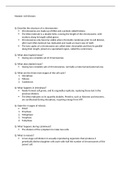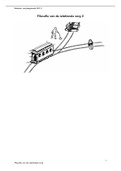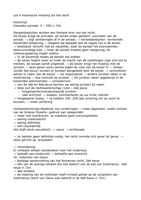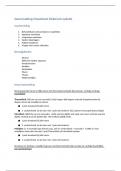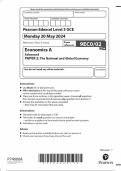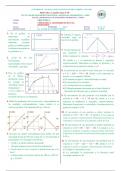Summary
Summary Cell Division Flashcards - A level Biology
- Module
- Cell Division Flashcards
- Institution
- WJEC
Here i have some super detailed flashcards on the module 'Cell Division' which i used to achieve an A* in A-Level Biology. The exam board i used was Eduqas/WJEC, however OCR and Eduqas are very similar boards and the flashcards will still be applicable.
[Show more]
